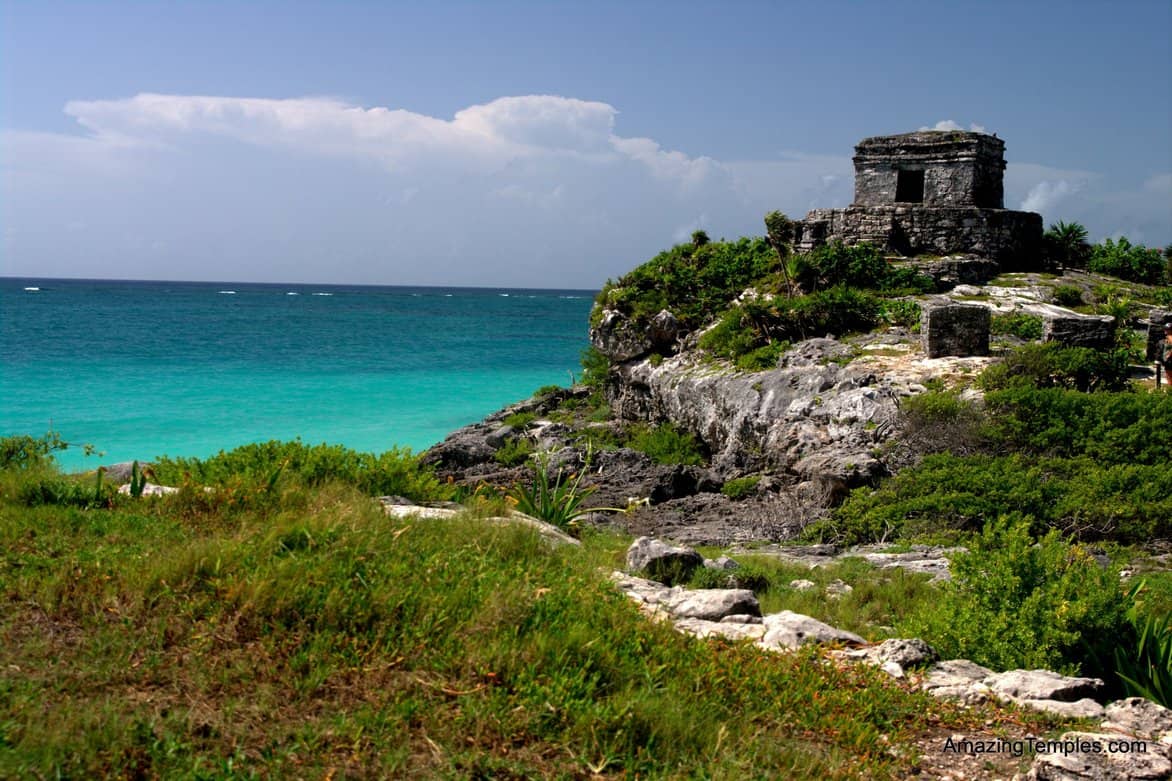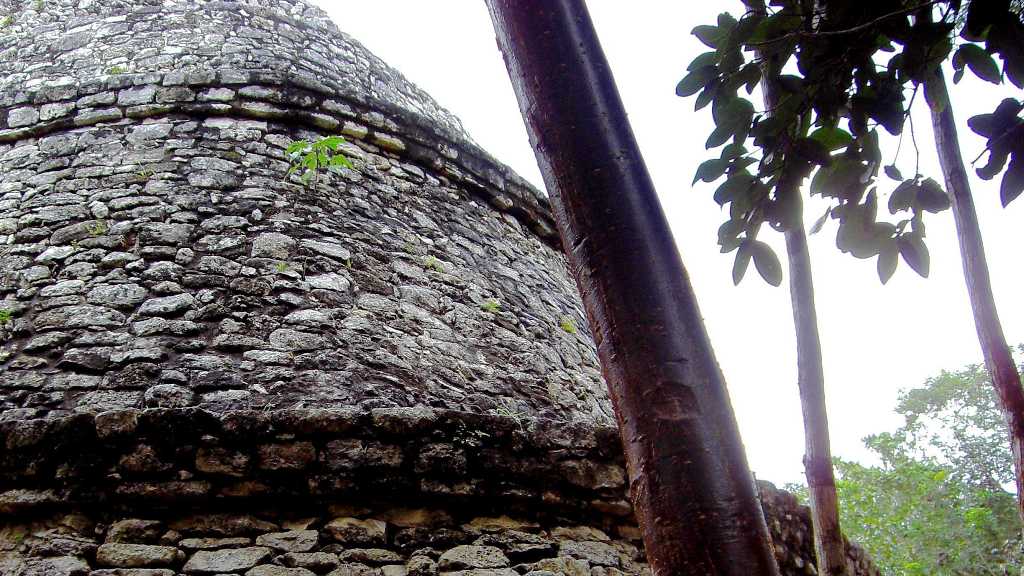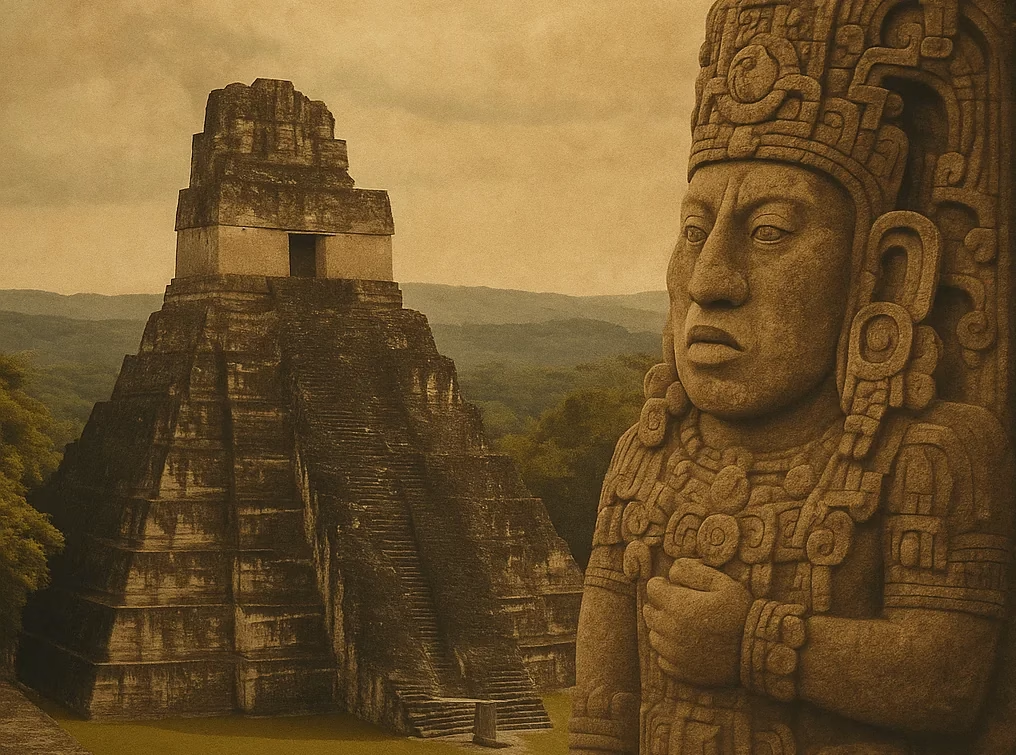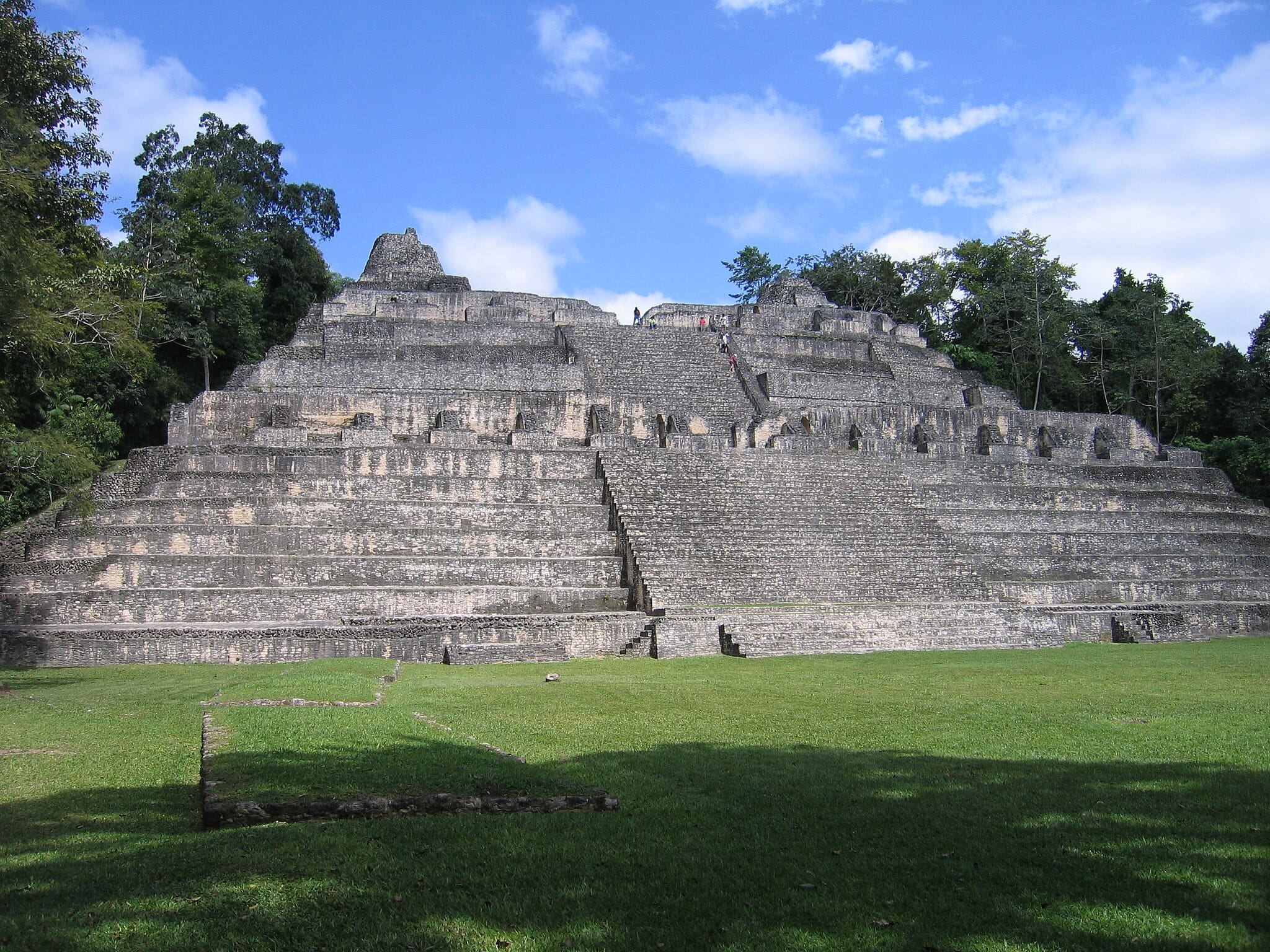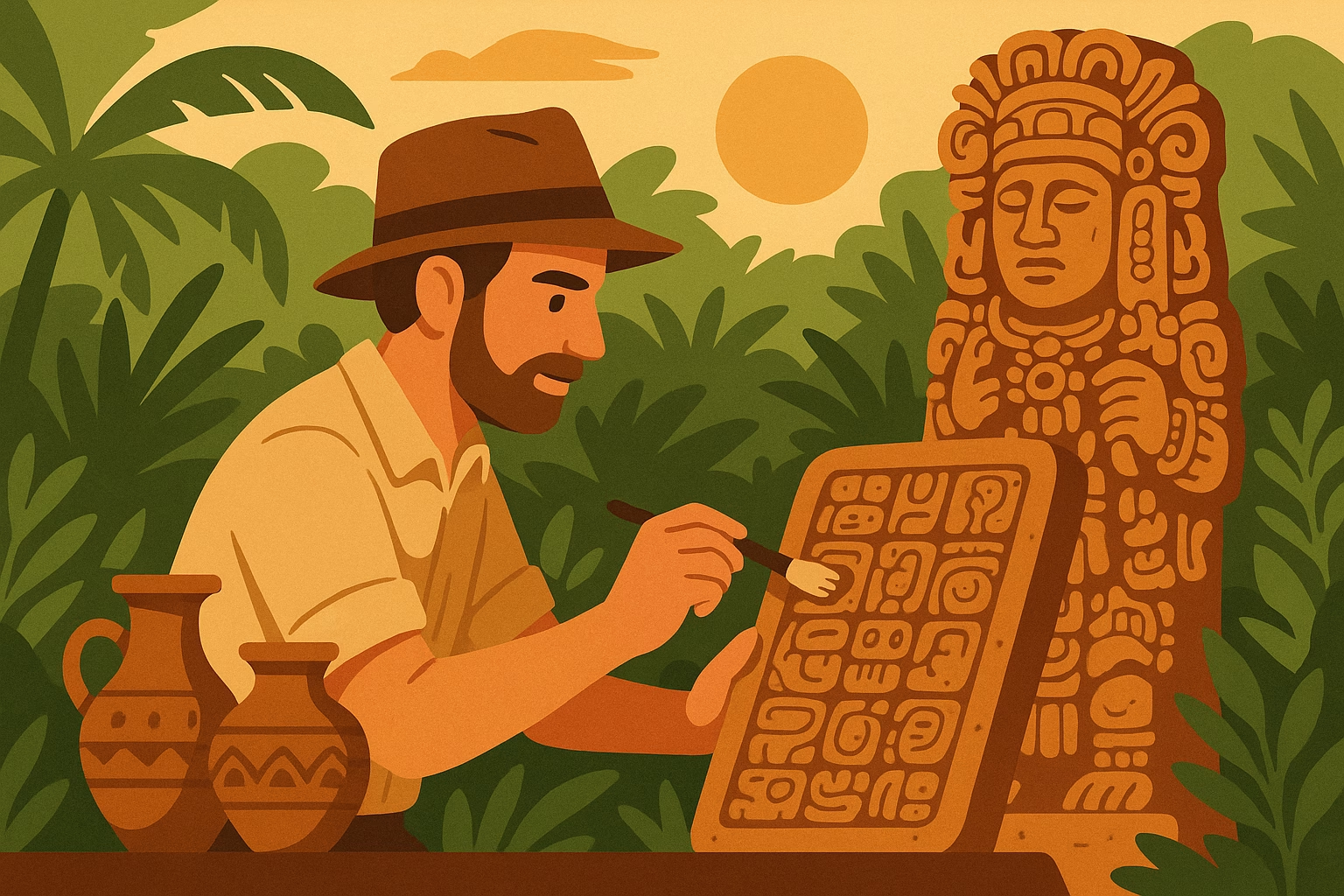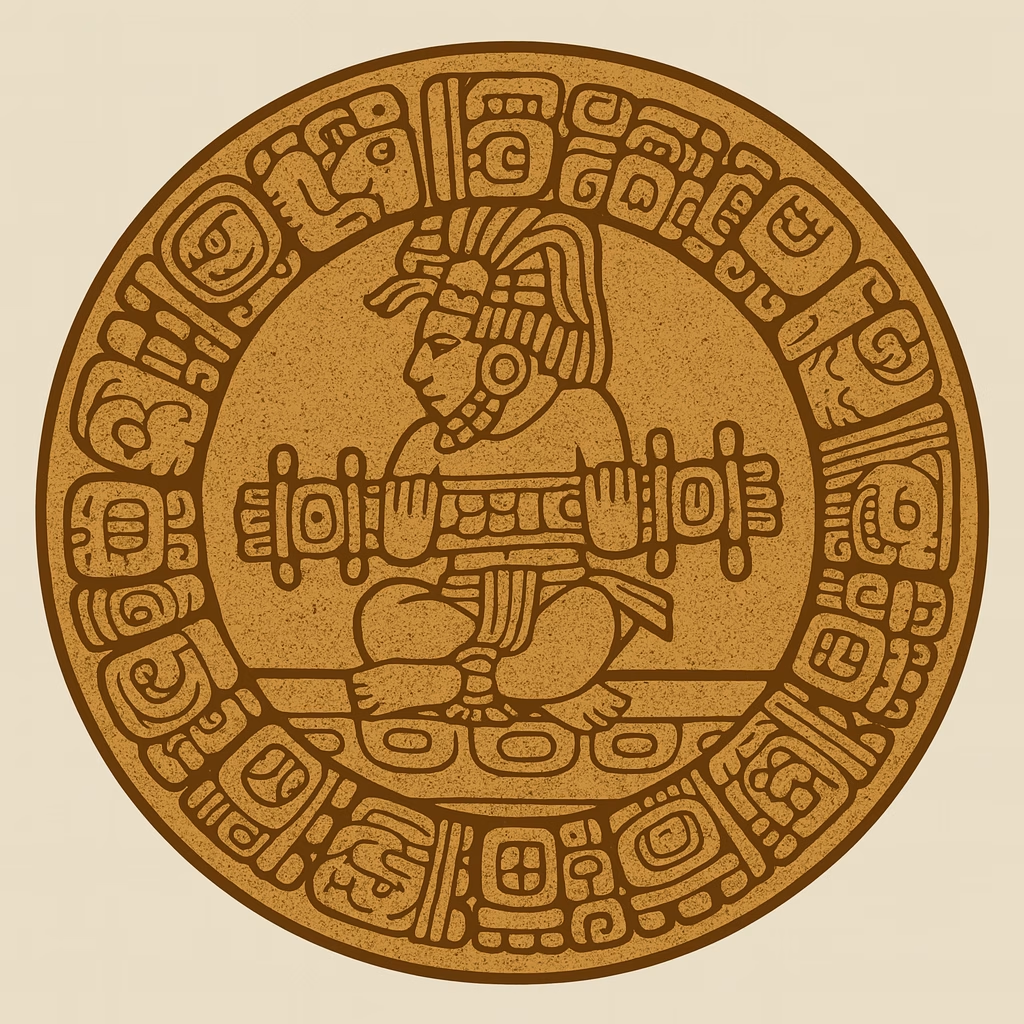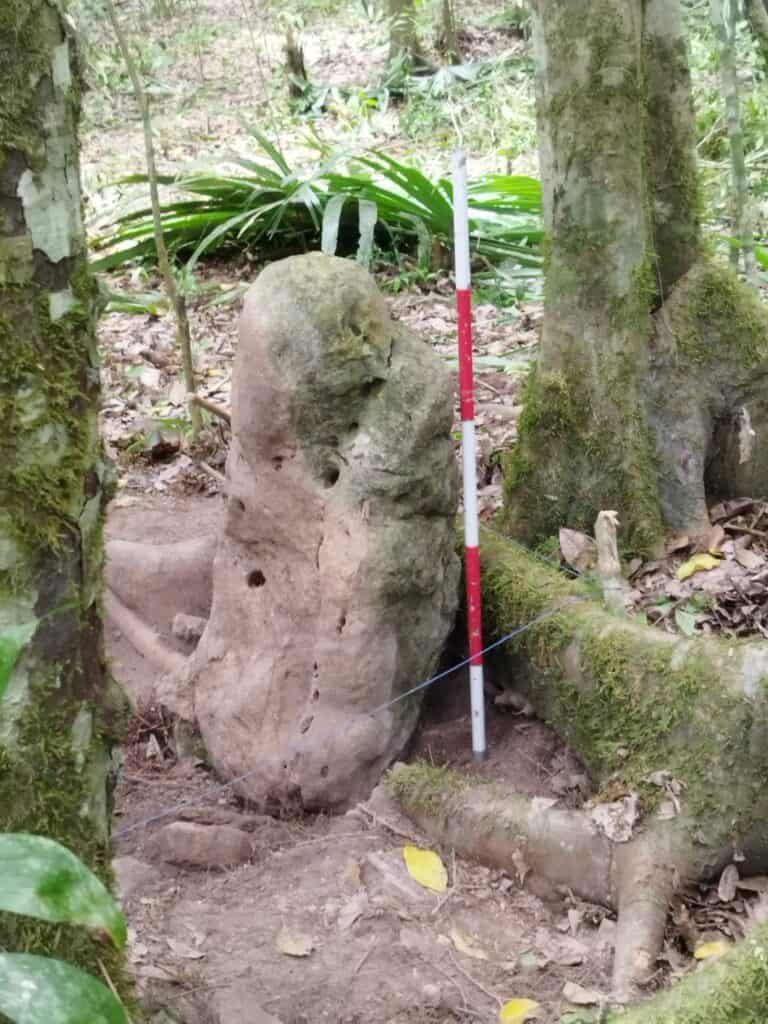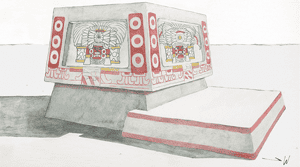The Maya Calendar – Part 2 – Haab, the Solar Year
This post “The Maya Calendar” is an excerpt of the second edition of my book “The Maya Sites – Hidden Treasures of the Rain Forest”, a travel guide to the most important Maya sites on the Yucatán peninsula – in México and Guatemala. The second edition will be published as print and ebook in spring 2018.
I split this article into seven parts:
- The Maya calendar – Part 1 – Introduction
- The Maya calendar – Part 2 – Haab, the Solar Year <<– You are here
- The Maya calendar – Part 3 – Tzolkin, the Sacred Calendar
- The Maya calendar – Part 4 – The Calendar Round
- The Maya calendar – Part 5 – The Long Count
- The Maya calendar – Part 6 – The Numbers and the Vigesimal System
- The Maya calendar – Part 7 – Dates and Numbers in the Inscriptions
Haab – a Calendar for the Solar Year
The calendar closest to our solar calendar is the “Haab” calendar. The word in Yucatecan Maya, the Mayathan, simply means year. This calendar, like our Gregorian calendar, is aligned with the solar year and lasts 365 days.
The original purpose of the Haab calendar was to predict or incorporate the recurrent events that were important in the life of the Maya. Sowing and harvesting, dry or rainy seasons or even dates for the beginning of the hunting season or the collection of honey were indicated by the Haab calendar.
In his book, Diego De Landa describes numerous ceremonies, rituals, and festivals, which were performed in the various periods by the Maya under the guidance of their priests.
The Haab calendar is divided into months similar to our calendar. These months are called Uinal or Winal in Mayathan. Each Uinal period has a duration of 20 days.
That’s why you need 18 Uinal to fill up the year. As a result, you get 360 days.
The remaining 5 days are called Wayab, the nameless days, and finally added as a separate period. Thus the 365 days of the solar year are complete.
The ancient Maya used a special hieroglyphic symbol or sign for each month. The tables below show the months in their order, with the symbols used and a few notes from the records made by Diego De Landa for each month.
Number
Monat
Meaning
Cholan
0
Pop
Mat
K’anjalab
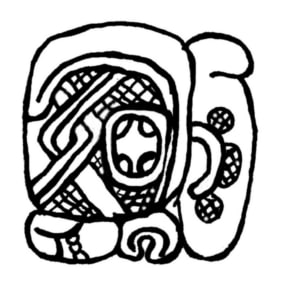
Symbol for community and marriage. The first month of the year. After an extended fasting period of at least 13 days, the year started with a New Year celebration.
1
Uo
Frog
Ik’at

Consecrated to the god Itzamna, the god of magic, medicine and the priest. Ceremonies were initiated by a fasting period, especially priests and medicine men.
2
Zip
Deer
Chak’at
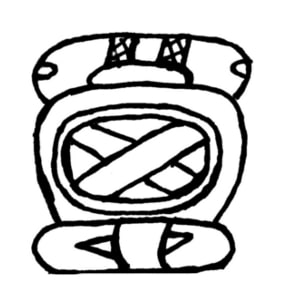
This month was probably dedicated to the god of hunting, Zip. Hunters and fishermen performed certain ceremonies and fasted.
3
Zotz
Bat
Sutz’
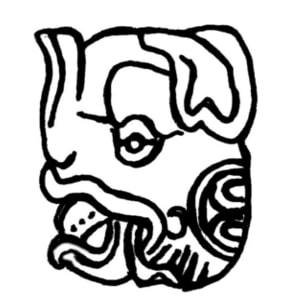
This month, beekeepers started to prepare the ceremonies for the next month.
4
Tzec
Death
Kasew
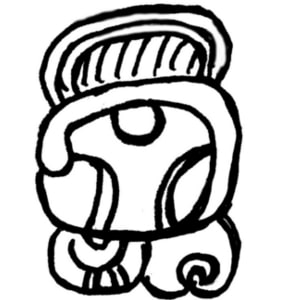
This month the beekeeper ceremonies took place.
5
Xul
Dog
Chikin

In the month of Xul, the festival “Chicc Chaban” was celebrated in honor of Kukulkan. Comedians went from house to house collecting donations for the temples.
6
Yaxkin
New Sun
Yax K’in
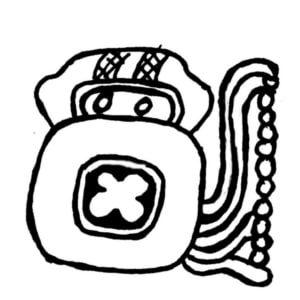
Time for preparations. Instruments were cleaned and items were painted blue. Children were given 9 light blows on the ankles, which would make them as skilful craftsmen as their parents would.
7
Mol
Water
Mol
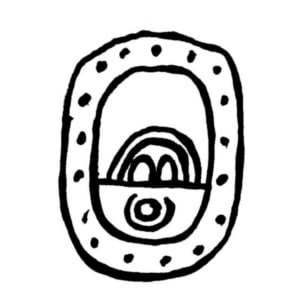
With great care, new images of the gods were carved from wood this month. The activities were accompanied by blood rituals.
8
Chen
Cave
Ik’Sijom

This month, the images of the gods created the previous month were brought to the temples and blessed.
9
Yax
Green
Yax Sijom

In the month of Yax or the month of Chen, a feast called Ocná was celebrated for the renewal of the temple. Earthen idols were renewed.
10
Zak
White
Sak Sijom
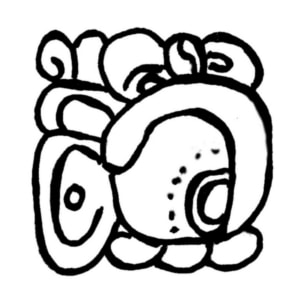
This month, the hunters celebrated a second festival to soothe the gods for the shed blood
11
Keh
Red or Deer
Chak Sijom

De Landa has not left any records for this month.
12
Mac
Capstone
Mak
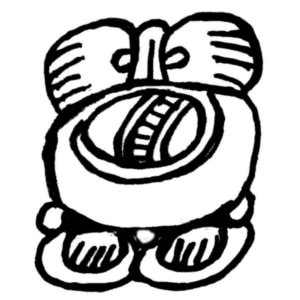
The elders of the community brought animals they had caught to the top of the temple, where the animal hearts were burned in a ceremony. The fires were extinguished with water from pitchers dedicated to the rain gods.
13
Kankin
Yellow Sun
Uniw

Also for this month, Diego de Landa has left no records.
14
Muwan
Muwan (Bird)
Muwan
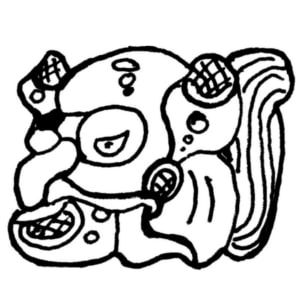
Thanksgiving ceremonies were held by owners of cocoa plantations this month. Iguanas and dogs were sacrificed.
15
Pax
Planting Time
Paxil
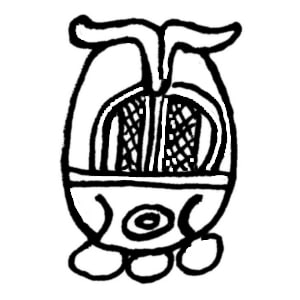
A month dedicated to the warriors. Dogs were sacrificed and future happiness was prophesied.
16
Kayab
Turtle
K’anasiy

De Landa has not left any records for this month.
17
Kumku
Ripe Corn
Hul Ol

Also for this month, Diego de Landa has left no records.
18
Wayeb
The “five nameless days”
Uway Hab

In this only 5 days lasting month no activities were started. People stayed home because it was assumed that these days would bring bad luck.
The individual 20 days of the month have no names but are numbered from 0 to 19.
7 Pop or 14 Zip are therefore certain days in the Mayan calendar, such as August 1st or December 24th for us. The Mayathan word for “day” is Kin.
The Maya year in the Haab calendar starts with the date 0 pop. According to the records of Diego de Landa, this was always on July 16 (Julian) or on July 26 (Gregorian). Remind, that at the time of Diego de Landa the Julian calendar was still in use.
But, at this point, Diego de Landa may be wrong. According to his report, the Maya used a calendar correction, which he calls a leap year. An additional day was inserted every 4 years according to our leap year.
Leap Year?
Due to this hypothetic additional day in a leap year, the Maya year on the Haab calendar would actually have started on the same day every year.
However, the content of this statement is called into question by modern Maya researchers because it would not explain the synchronization of the various calendars, as used in the inscriptions.
The actual opinion of the Mayanists is that the Maya used no leap year, at least not during the period in which the inscriptions were created.
The lack of a leap year would have shifted the beginning of the Maya year every four years by one day.
So it remains a mystery. The Maya may have had reformed their calendar at the time Diego de Landa noted his findings, as it was the case with the switch from the Julian to the Gregorian calendar system in Europe.
After all, between the time of the last classic inscriptions and the conquest by the Spaniards more than 600 years had passed, a time about which we are only sparsely informed.
>>> Continue with: The Maya calendar – Part 3 – Tzolkin, the Sacred Calendar
